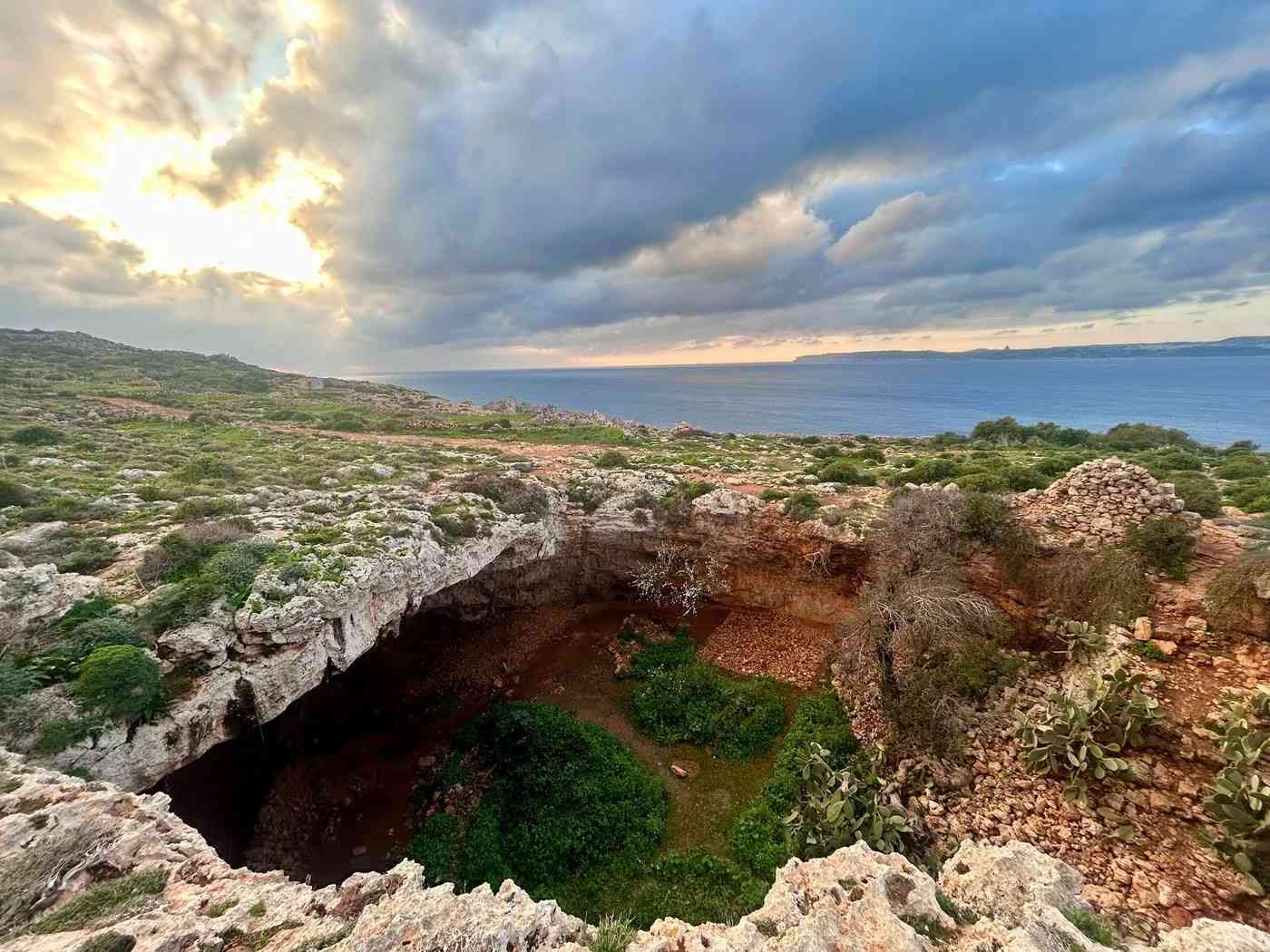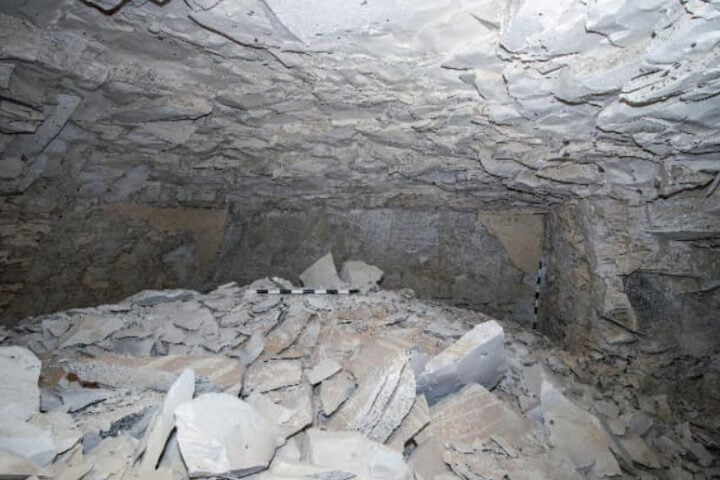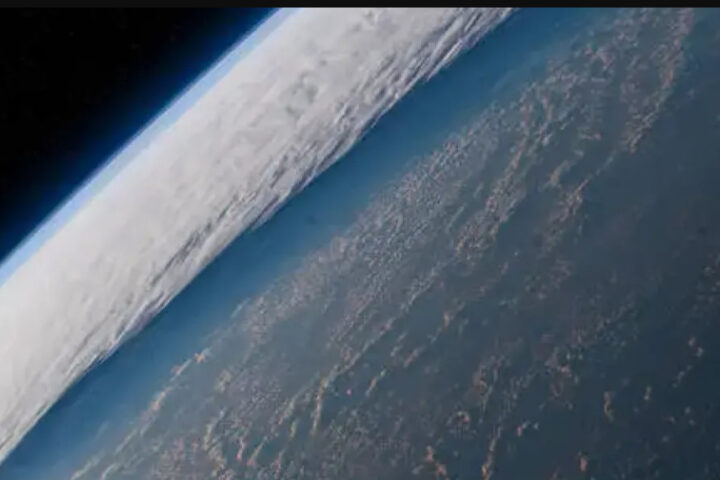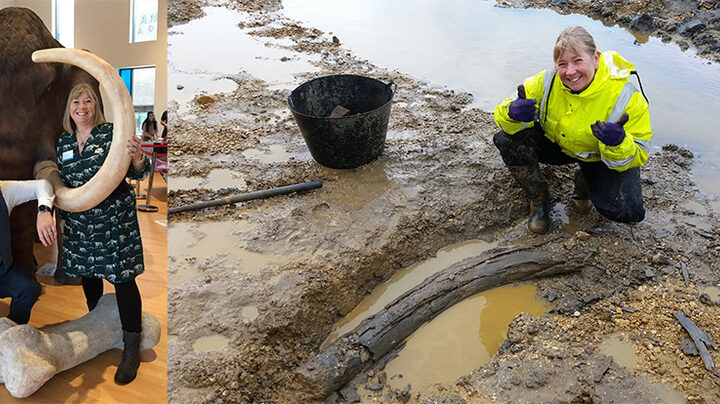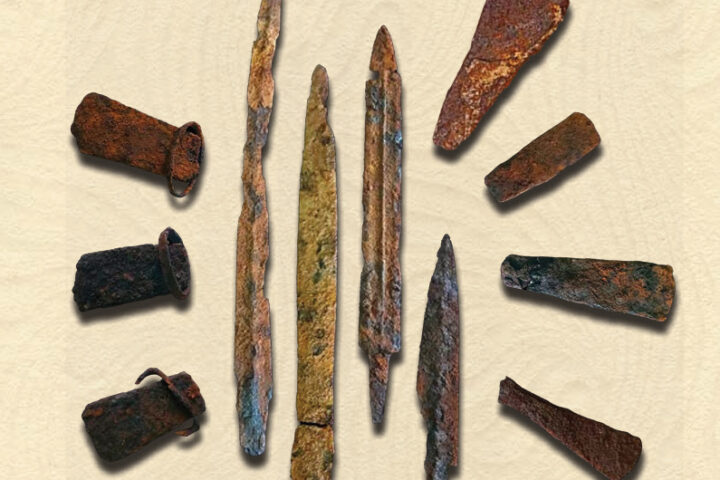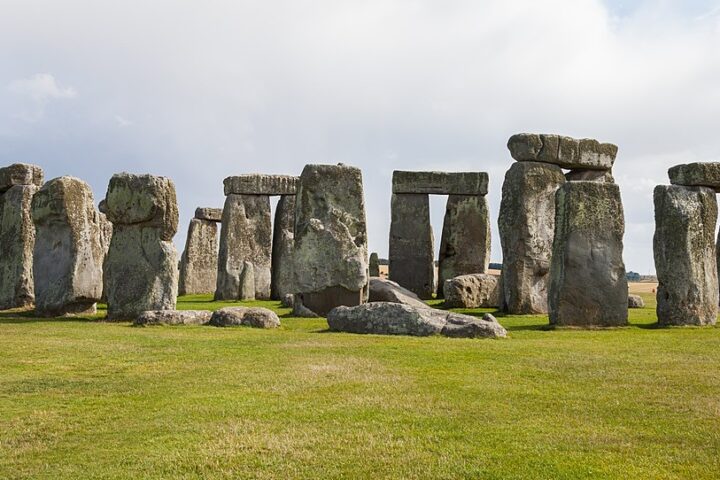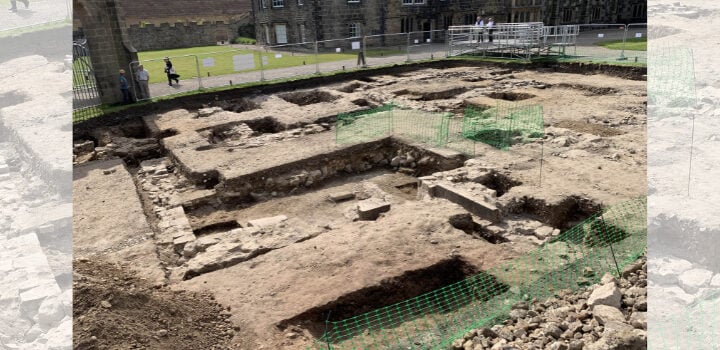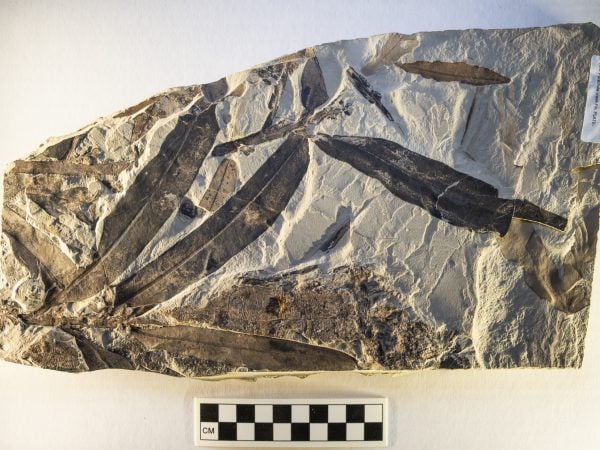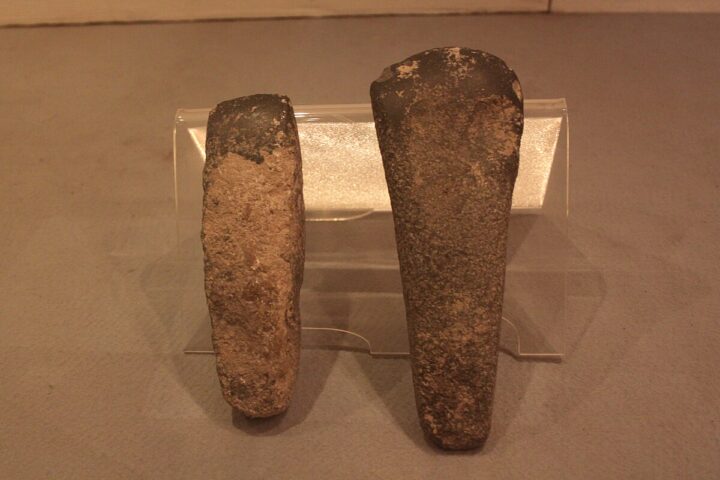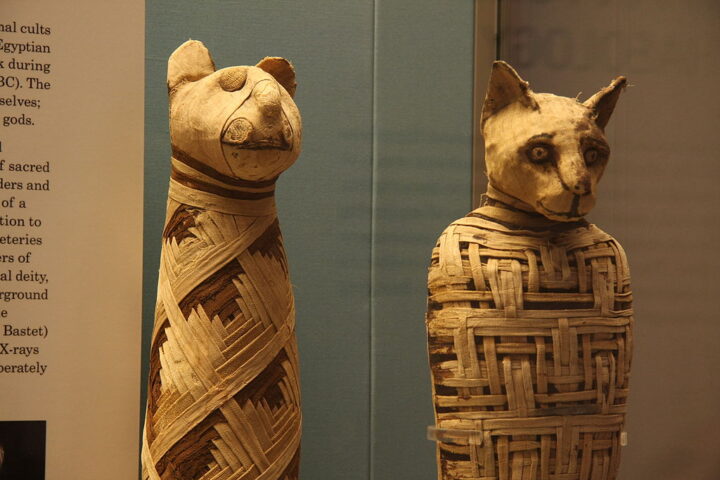A groundbreaking archaeological discovery has pushed back Malta’s human history by a millennium. New evidence reveals that hunter-gatherers were crossing at least 100 kilometers of open Mediterranean water to reach Malta 8,500 years ago—approximately 1,000 years before the arrival of the first farmers.
Published in Nature on April 9, 2025, this research documents the oldest confirmed long-distance seafaring in the Mediterranean before the invention of boats with sails. The discovery was made by a scientific team led by Professor Eleanor Scerri of the Max Planck Institute of Geoanthropology (MPI-GEA) and the University of Malta.
“We found abundant evidence for a range of wild animals, including Red Deer, long thought to have gone extinct by this point in time,” explains Prof. Scerri. “They were hunting and cooking these deer alongside tortoises and birds, including some that were extremely large and extinct today.”
Similar Posts
The excavations at Latnija cave in northern Malta uncovered stone tools, hearths, and cooked food waste. This evidence challenges the long-held belief that humans could not reach or inhabit such remote environments before agriculture developed.
“Relying on sea surface currents and prevailing winds, as well as the use of landmarks, stars, and other wayfinding practices, a crossing of about 100 km is likely, with a speed of about 4 km per hour. Even on the longest day of the year, these seafarers would have had over several hours of darkness in open water,” notes Professor Nicholas Vella of the University of Malta, co-investigator of the study.
The team also found clear evidence of marine resource exploitation. “We found remains of seal, various fish, including grouper, and thousands of edible marine gastropods, crabs and sea urchins, all indisputably cooked,” adds Dr. James Blinkhorn of the University of Liverpool and MPI-GEA, one of the study’s corresponding authors.
These discoveries raise questions about the extinction of endemic animals on Malta and whether distant Mesolithic communities were connected through seafaring. The findings force archaeologists to reconsider the seafaring abilities of Europe’s last hunter-gatherers, their connections, and their impact on island ecosystems.
The research shows these ancient mariners would have used simple dugout canoes to make this astonishing journey. They likely navigated using currents, winds, landmarks when visible, and celestial navigation. The crossing would have taken approximately 25 hours or more, inevitably involving extended periods of darkness on open water.
This discovery aligns with other evidence of early seafaring found globally, such as the peopling of Australia approximately 65,000 years ago and possible coastal migrations into the Americas over 16,000 years ago. However, Malta’s hunter-gatherers accomplished something remarkable—crossing open, featureless water in simple watercraft, demonstrating sophisticated planning and navigational skill.
The archaeological team conducted five additional field seasons after their initial discoveries in 2019 to confirm their findings. Their careful excavation revealed a distinct coastal hunting and foraging economy, markedly different from the agricultural practices of later Neolithic settlers who arrived around 7,400 years ago.
The research was supported by Malta’s Superintendence of Cultural Heritage and funded by the European Research Council and the University of Malta’s Research Excellence Award.
